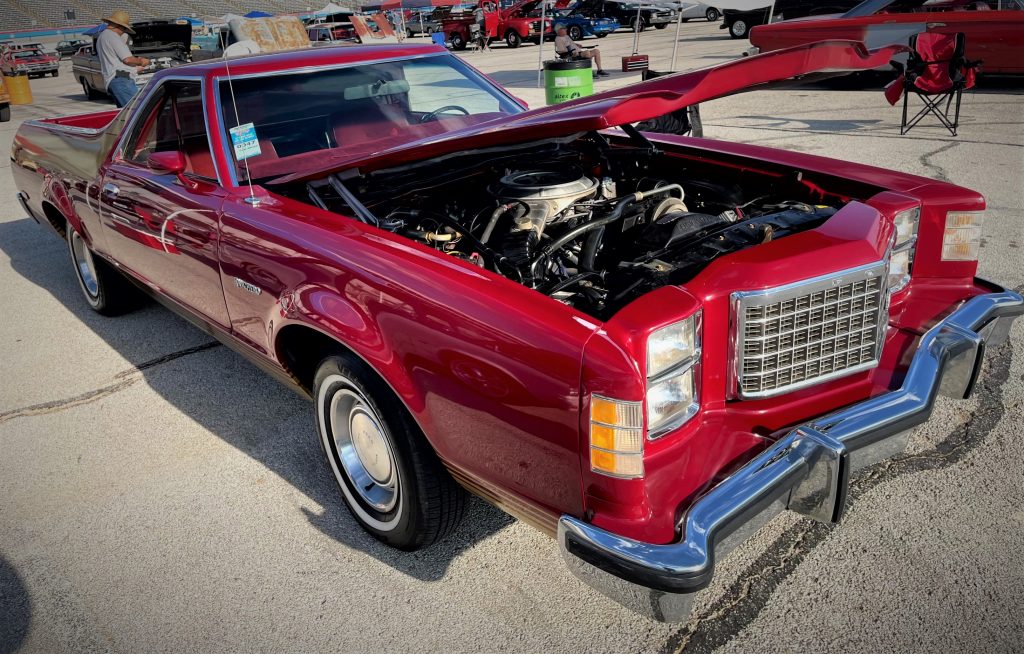Q: I have a 1970s-era Ford Ranchero with a 302 engine with a two-barrel carburetor, a C-4 transmission, and an open-type rear axle with 3.08 gears (I think). The only modifications are headers and a dual exhaust.
At about 50 miles-per-hour and above, the engine starts to break up. Acceleration up to 50 is okay—the problem occurs only when cruising. I put a new distributor in, then replaced the vacuum advance about a year later. That helped, but the problem is still there, and the distributor has a new cap, rotor, points, and condenser. I checked the hose to the vacuum advance, and it’s okay, too.
I am also having a problem with the harmonic damper. I have gone through at least seven on three different engines. I’ll be cruising along and then boom—the damper breaks. Any ideas?

A: Does this engine breakup happen after you have driven a short distance at highway speeds, then accelerate? If so, take a look at your fuel delivery system. It could be that your fuel pump isn’t delivering enough fuel (low GPH). You might want to install a fuel pressure gauge someplace where you can watch it while driving. You will be looking for any pressure drop or a rapid fluctuation in pressure.
Your damper problem sounds more serious. Unless you’ve had the incredible misfortune of installing seven defective dampers, we’d say you need to look at the engine’s bottom end. Oil clearances out of tolerance or a badly balanced engine can cause a damper to fatigue or break. Your 1973 302 requires a 28-ounce total imbalance, which means the damper and the flexplate/flywheel have to be matched. You may want to double-check those components.
***
We’ve got hundreds of more Mailbag Q & A sessions for you to read, click here to see them all.

One thought on the damper problem. Many people remove and install dampers by push/pulling on outer part, usually the pulley, of the damper. This sends all force through the rubber that actually combines the two units, hub and pulley, into one unit, the damper. Thus possibly damaging the unit leading to early failure. Always remove & install keeping all applied force to the hub part only.
Just another thought…make sure at cruising speed the combined total timing advance (initial, centrifugal, and vacuum) isn’t so high as to create a surge or bucking. May not be noticeable until the engine rpm is at cruising speed and the throttle plate is open just enough to send a high ported vacuum signal to the vacuum advance.